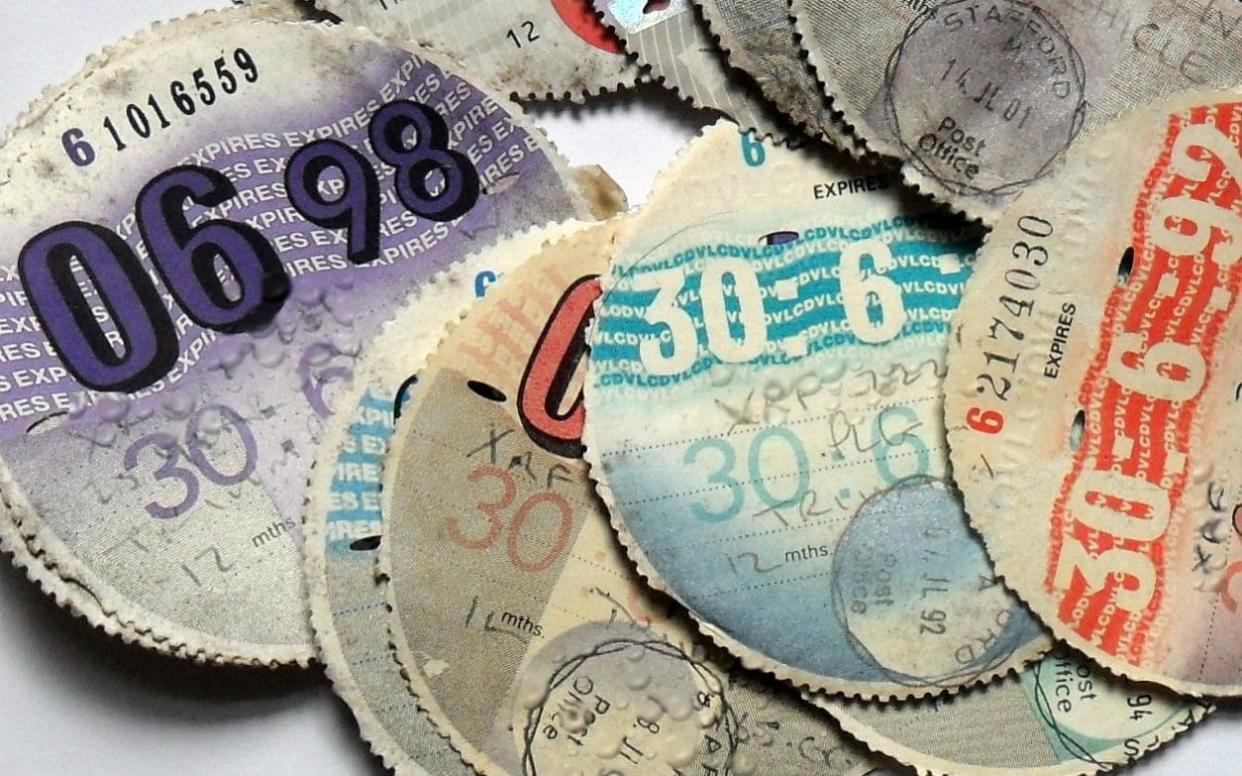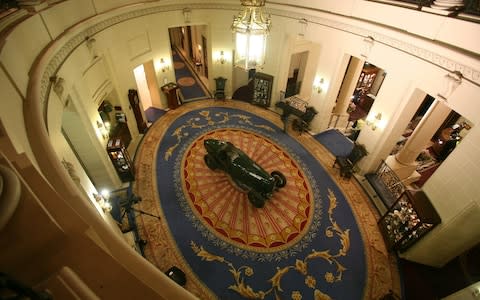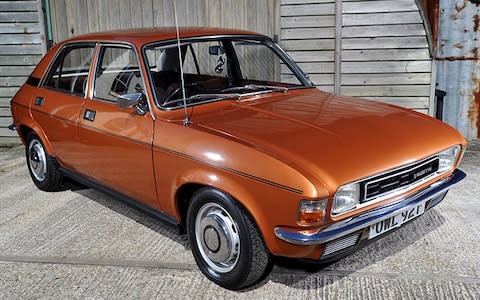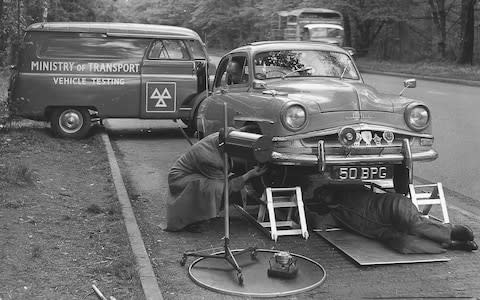Taxing times: what you need to know about VED and MoT requirements for historic vehicles

Undoubtedly, the highlight of the late 20th century for enthusiasts of old cars and motorcycles was the 1995 Budget announcement that vehicles constructed more than 25 years ago would be exempt from Vehicle Excise Duty (VED).
Better still, this new “historic” classification would apply on a rolling basis, so every January a fresh crop of elderly motors would qualify.
Enthusiasts were amazed, because the big scare story circulating immediately before philanthropic VERA (Vehicle Excise and Registration Act) showed up was that all cars more than 10 years old would be banned, in the interests of planet-saving and safety.
The perceived threat was so great that the mighty (Austin) Allegro Club International had staged an extraordinary meeting at the Gaydon Heritage Centre.
Quite why or how old vehicles suddenly changed from being a public enemy into the Chancellor’s tax-free darling is not clear, but we can probably thank the efforts of the Federation of British Historic Vehicle Clubs (FBHVC), a low-key organisation with friends in high places.

Founded in 1988 at the Royal Automobile Club’s (RAC’s) Pall Mall headquarters, FBHVC was an amalgam of various bodies that had been looking after the interests of ancient vehicle enthusiasts since the mid-1950s, when MoT roadworthiness tests were first proposed. Looming European Union (EU) provisions (cue déjà vu attack) and the very real danger of a possession tax on all vehicles were other causes to fight.
In a further flourish of mostly unpronounceable acronyms, the French-based Federation Internationale des Vehicules Anciens (FIVA) handled the European uprising with assistance from the UK’s Veteran Car Club (VCC) and Vintage Sports Car Club (VSCC).
The lobbying squad also includes the APPHVG, which sounds like the sort of old car noise that leaves you stranded at the roadside, but is actually the All Party Parliamentary Historic Vehicles Group. It didn’t take long for the new Labour government to U-turn, and in 1998 the rolling VED exemption was ended, freezing the 25-year cut-off point at January 1st, 1973, much to the irritation of some Allegro owners, whose cars were produced for the May launch.

Meanwhile, the rest of the “New Vehicle Excise Duty System to Protect the Environment” ushered in the dreaded Statutory Off Road Notice (SORN), which made all our lives more difficult by requiring keepers to remind the DVLA that a vehicle wasn’t on the road.
Initially the system was doubly daft because a new SORN declaration had to be made every 12 months, obliging the DVLA to send the keeper another letter confirming something they already knew. Failure to participate in this farce resulted in an automatic fine, of course. ARRGH! (Absolutely Ridiculous Revenue Generating Heist).
Thankfully, the 2013 Budget made SORNs indefinite. Having lost one unfair source of income, in 2014 the government saw fit to introduce another, by abolishing the “tax disc” seen attached to British car windscreens since 1921. This measure has been a huge success, resulting in a dramatic rise in fines for those who genuinely forgot to renew (“nil rate” or not), and a dramatic fall in compliance.

Also on the agenda was a clever scheme that immediately cancelled the VED already paid when a vehicle was sold. In the taxation equivalent of double jeopardy, the seller only receives a refund for full months, while the new keeper has to pay a whole month’s duty for part of a month.
This even applies if the keeper inconveniently passes away, apparently, so Benjamin Franklin was right about death and taxes. You might imagine that a DVLA computer would be able to work out a rate per day.
Whatever, figures show that 0.6% of vehicles were unlicensed in 2013, but three times as many by 2017.

The 2012 proposal for most pre-1960 vehicles to be exempted from MoT tests was contentious, for all sides. Without wishing to kick a gift horse in any part of its anatomy, there were worries that the highways would be thronging with potentially dangerous jalopies.
It didn’t happen. The APPHVG pointed out that historic vehicles made up only 0.6% of traffic, yet were only involved in 0.03% of road casualties. You can’t argue with statistics.
EU plans to exempt all vehicles more than 30 years old from roadworthiness testing caught a shoal of red herrings. The UK version grinding through the consultation process suggested a 40-year cut-off, in line (almost) with the rolling VED exemption.

After due consideration, last September the Department for Transport (DfT) gave the change its blessing, although the details weren’t finalised until May. Even then there was confusion, as it seemed that Post Offices weren’t aware of the new rules.
It would help if there were consistency in reference to “old vehicles” in the Vehicle and Registration Act (VERA), but “vehicles of historic interest” or plain “classics” elsewhere. The House of Commons (HoC) VED Briefing Paper published in November refers to older vehicles and classics, while the Gov.uk website hedges its bets and refers to “Historic (classic) vehicles”.
And, while we’re on the subject, how about dropping the archaic term “log book” when we’ve had the V5C vehicle registration document for several generations?
To sum up the present position: no VED is payable for a (private) historic vehicle built on or before December 31st 1977, or first registered between January 1st and January 7th, 1978. To benefit, the vehicle must be registered in the historic tax class.
A vehicle doesn’t need an MoT certificate if it was built or first registered more than 40 years ago, has no substantial changes, and a form V112 declaration has been made.
What a munificent Government we have.
For tips and advice, visit our Advice section, or sign up to our newsletter here
More classic car stories at Telegraph Cars

 Yahoo News
Yahoo News 
